It’s no secret that the cost of fast food in America has skyrocketed over the past few years, and the newest minimum wage hike in California has made things even worse for residents of the Golden State.
However, there’s another negative side effect that many haven’t thought about: California’s college students, most of whom consume fast food on a regular basis, are now struggling to afford to eat.
Research Shows 54% of College Students Consume Fast Food Once a Week

For decades, millions of Americans of all ages have relied on fast food for a quick, cheap meal. However, there is no demographic that relies on fast food as heavily as college students.
College kids are often on a budget, don’t have their own kitchens, and aren’t concerned with ensuring their meals are nutrient-rich. Therefore, fast food is a great option. In fact, a study conducted by FASEB found that 84% of college students regularly opt for fast food, and 54% say they do so at least once a week.
All College Students Are on a Budget… But Some Have Less Than Others

The majority of college students simply don’t have time to get a job and go to classes, so they live on a tight budget.
Of course, some students have savings or receive allowances from their families, but others from low-income families struggle to pay for their textbooks and dorm rooms, let alone their food.
Grant Programs Exist to Ensure College Students Have Enough to Get By

Fortunately, there are several grant programs that offer funding to students from low-income families to help them pay for necessities so they can focus on their studies.
One of the most commonly utilized programs is Pell Grants, a federal student aid initiative that provides funding for 6 million students every year. In fact, 42% of University of California students use Pell Grants to help subsidize the cost of their education.
Even With Financial Aid, Students Still Struggle to Afford Food
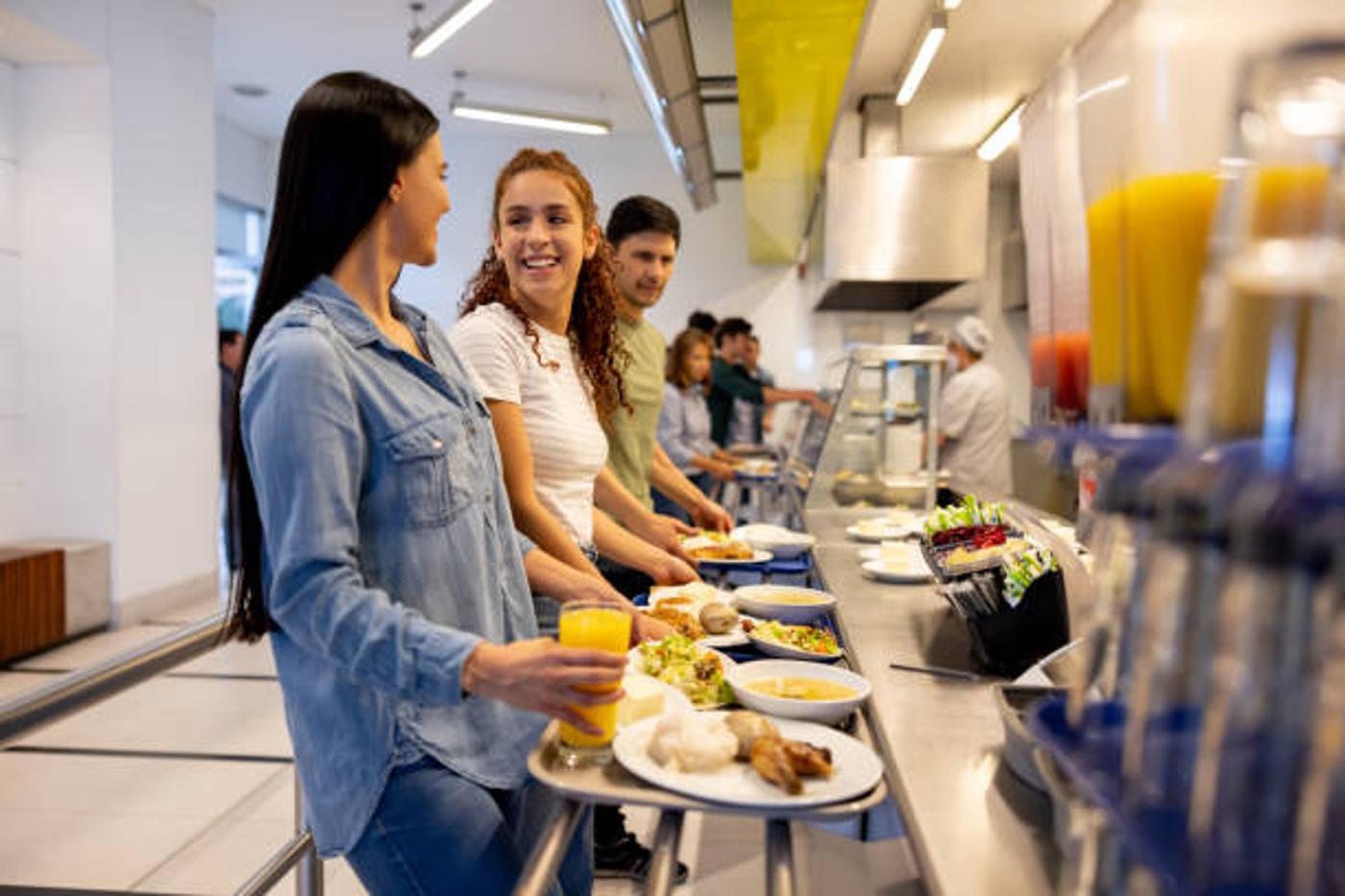
Some Pell Grants recipients use at least part of the funding for a meal plan at school. However, these plans are extremely expensive, so others decide to use the money for tuition and find ways to eat for as cheaply as possible.
Some schools, like UC Berkeley, have actually tried to create helpful resources to ensure low-income students always have enough to eat. But the programs aren’t exactly ideal.
UC Berkeley Has a Food Pantry for Students in Need
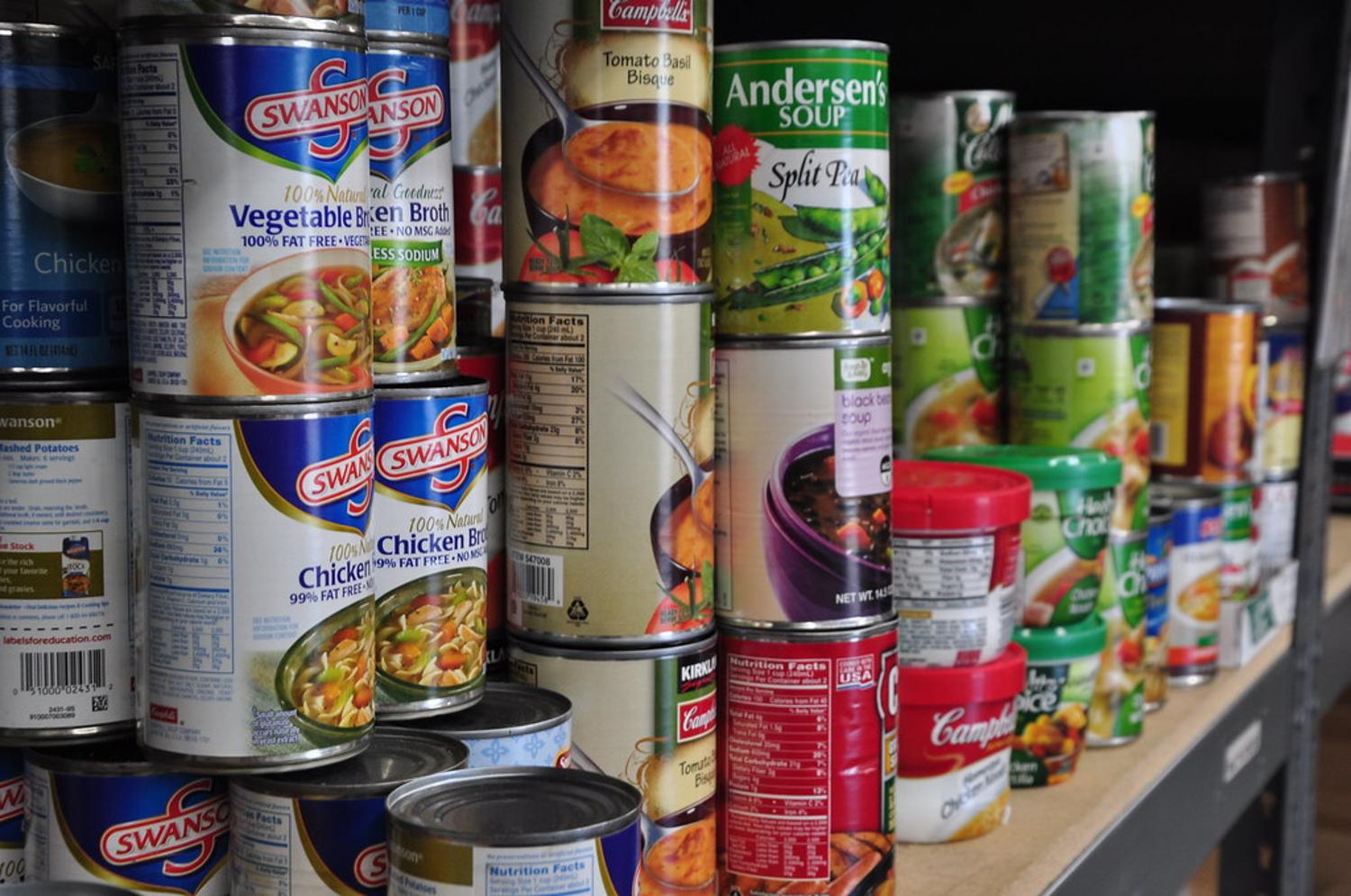
At UC Berkeley, students and university staff organized a food pantry through the Alameda Food Bank that uses donations to provide free food to students in need.
Students can visit the pantry as needed and bring home fresh produce, canned goods, and other basic products. However, there are several reasons why the food pantry isn’t as helpful as one would hope.
Most Young College Students Don’t Have Kitchens

First and foremost, the majority of first- and second-year college students live in dorm rooms that don’t have kitchens.
Even though some students break the rules, most dorms don’t even allow hot plates, microwaves, or any other cooking devices. Therefore, a can of soup or a carton of eggs is virtually useless.
Some Are Embarrassed to Utilize the Food Pantry

Additionally, because the pantry has been set up to assist students from low-income families, some students in need refuse to take food as they don’t want to be seen struggling by their peers.
It’s important to remember that most of these students are between the ages of 18 and 22, and they still very much care how they are perceived by their friends.
Many College Students Live on Fast Food
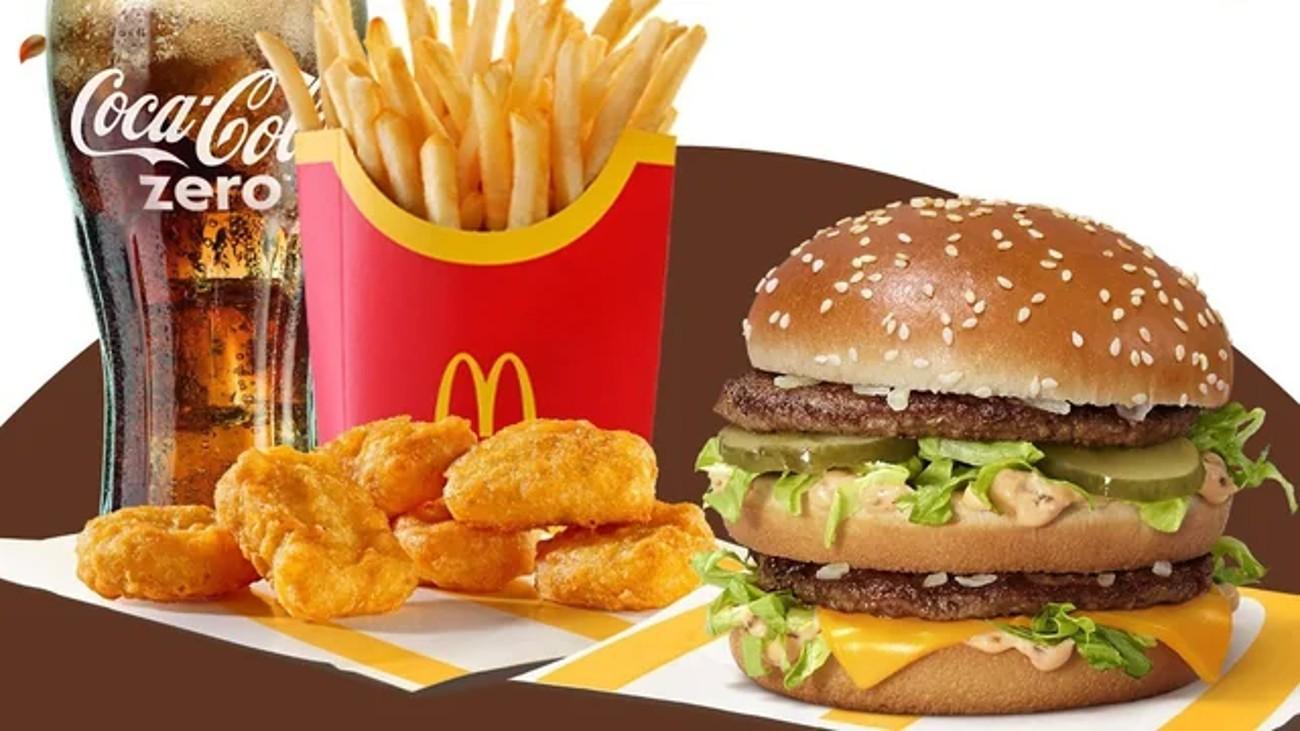
Because college students have very little money and no kitchens, many of them use fast food to survive. But as the cost of fast food is constantly increasing, many college students are being priced out of this option.
These days, a burger combo meal at McDonald’s can cost anywhere from $12 to $18, which is already 50%-125% more than the nation’s minimum wage of $7.25. But now, it seems prices in California are going to increase again.
California’s Minimum Wage Hike Isn’t Going Well
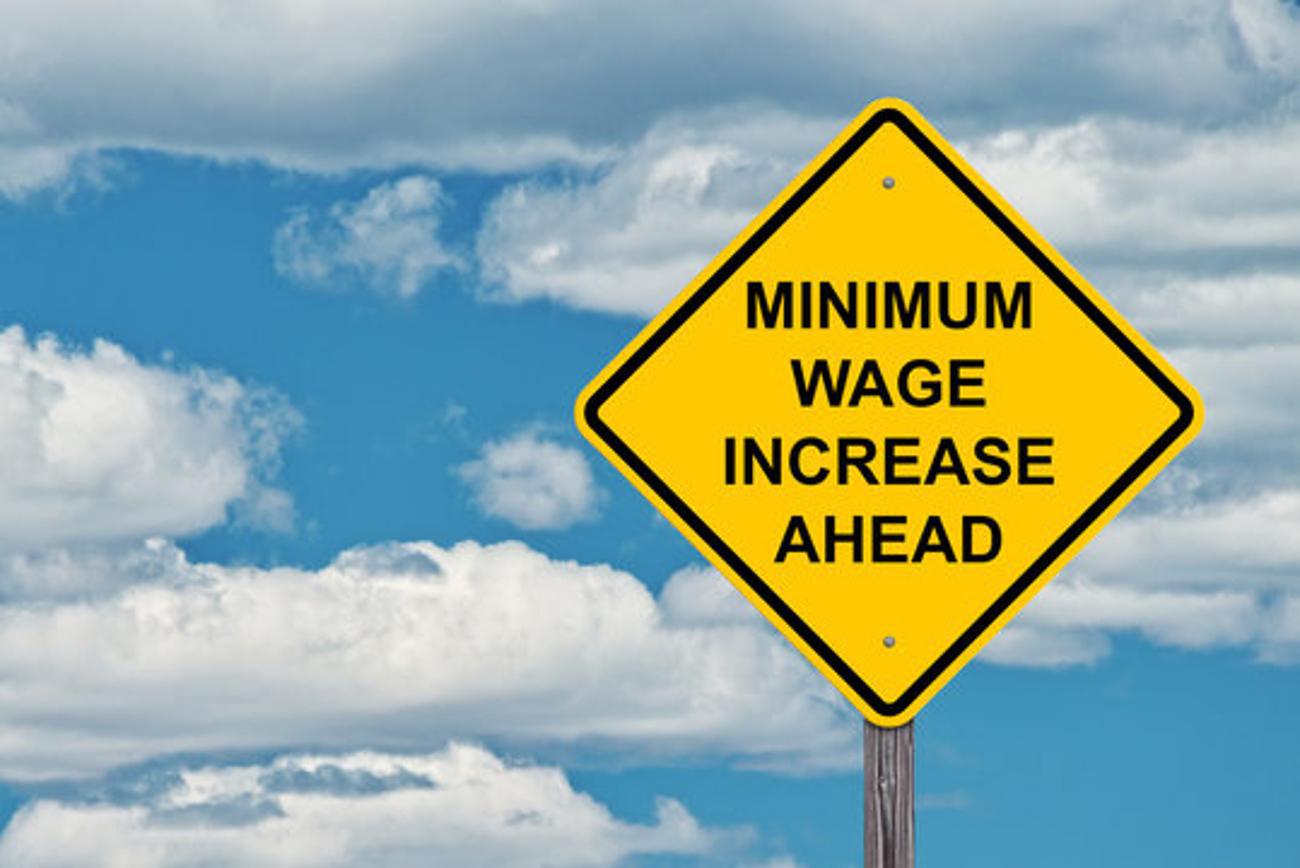
California’s Democratic Governor Gavin Newsom has been making headlines all year for his controversial decisions, but no change in state law has sparked a bigger debate than his bill to raise the minimum wage for fast food workers from $16 to $20.
Gov. Newsom hoped this legislation would help the 540,000 Californians who work in the fast food industry pay their bills. But that’s not exactly what happened.
The Cost of Fast Food in California Will Increase… Again
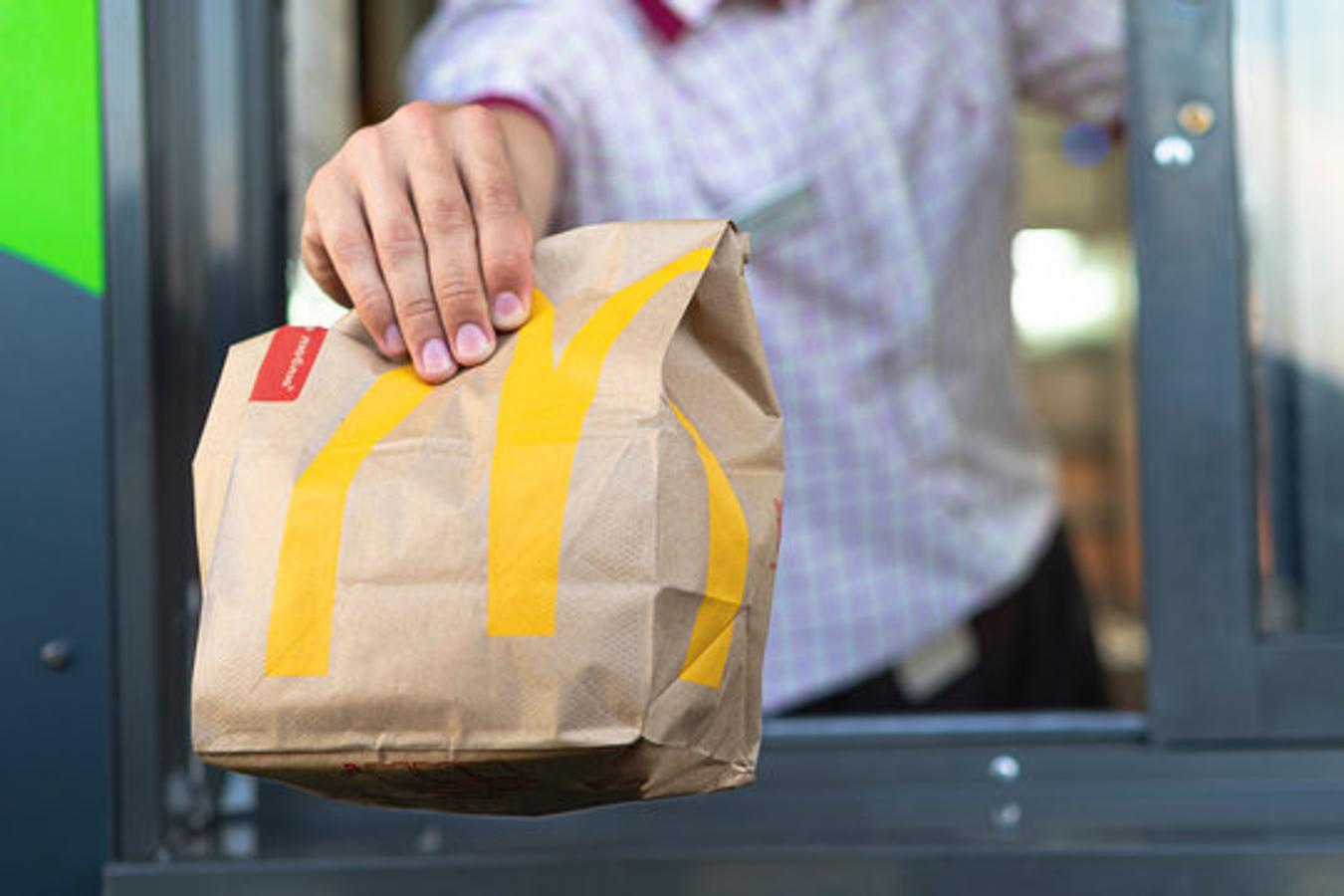
Instead, fast food chains have laid off thousands of workers. And now, companies like McDonald’s and Chipotle say they will have to raise their prices to combat the growing cost of labor in the Golden State.
That means that a regular meal at McDonald’s will likely cost the average California resident more than $20, something that almost no college student, even those with financial support, can afford.
The Future Looks Bleak for the Next Generation

The fact that many American college students may struggle to eat this year is certainly an important story in and of itself. However, this situation sheds light on a much bigger reality.
With inflation still high, the American economy is arguably worse than it has been in over a century. The vast majority of Americans can’t afford their bills, let alone participate in the consumer-driven economy. If things don’t turn around soon, these college students won’t even be able to afford food after they graduate.








































